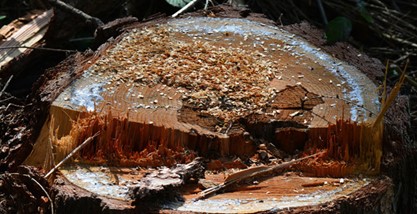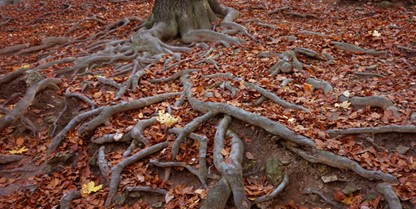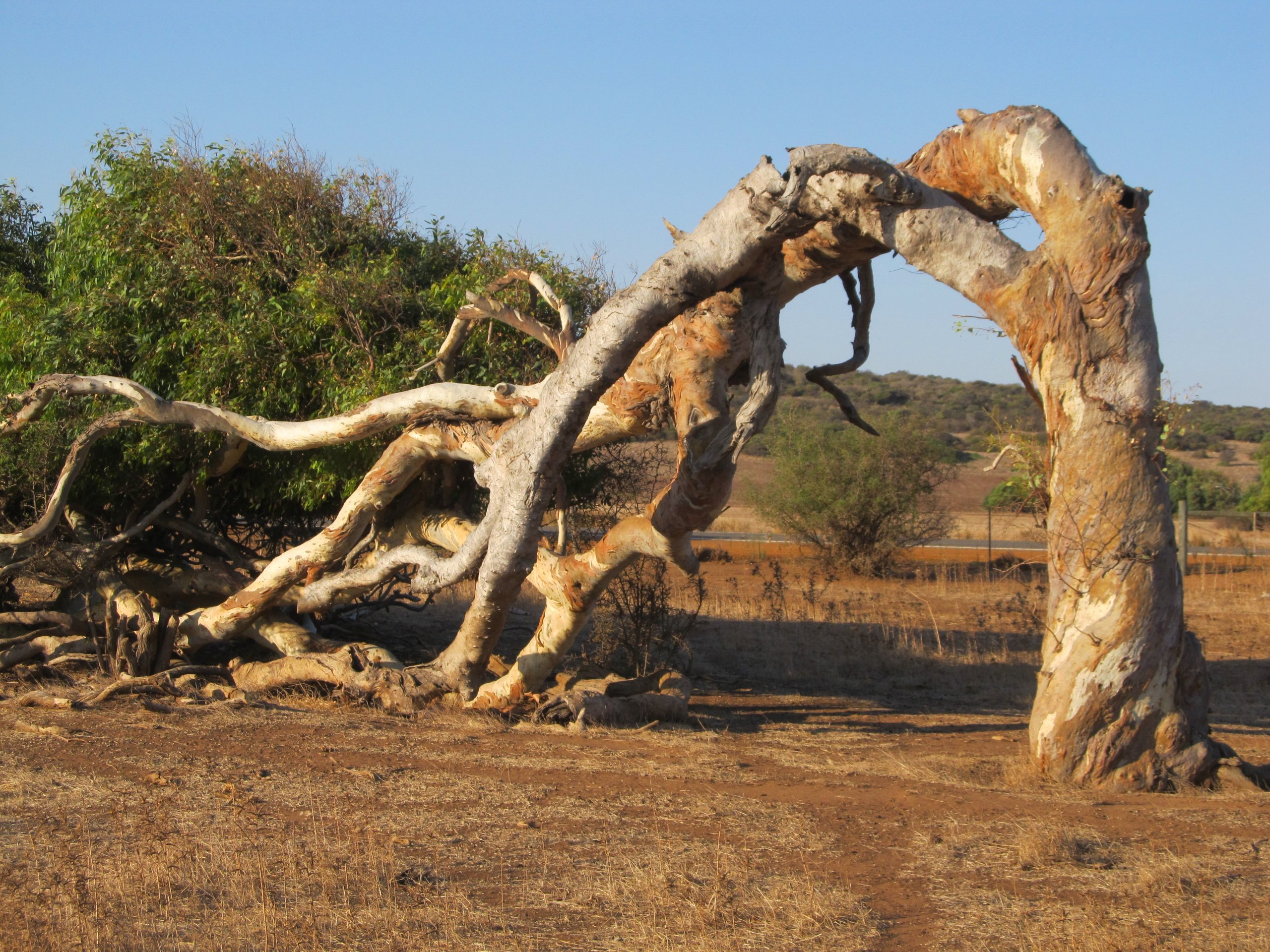When a tree is cut down, many wonder if the roots will die or continue to live. Understanding the fate of tree roots is crucial, especially when dealing with overgrown trees, storm damage, diseases, or aging.
In this article, we delve into what happens to tree roots after the tree is felled, focusing on the key question: If you cut a tree down, will the roots die?
Cutting down a tree often leaves its roots behind in the soil. The survival of these roots largely depends on the tree species.
For instance, species like the Siberian elm or the Russian olive have roots that might continue to sprout, raising questions about root survival.
This phenomenon is significant for those considering tree removal and its aftermath.”
Identify the Root Problem

“The question, ‘If you cut a tree down will the roots die?’ is partially answered by examining soil and weather conditions.
Post-tree removal, roots may struggle for survival, often starving due to the absence of nutrients previously obtained from leaves.
However, this doesn’t mark the end for all root systems. In some cases, especially in favorable soil and weather conditions, stump roots might sprout anew.
This sprouting is a critical aspect to consider for anyone dealing with tree removal consequences.”
The Tree Root System

Analyze the necessary of the roots in relation to the tree’s health before killing, removing, or cutting them.
More than 25% of a mature trees like oak trees weight found in its root system. Injured roots are sustainable for disease and infestation.
There are two types of roots found below ground are:
Feeder Roots – It transfers moisture and nutrients from the soil.
Structural Roots – Stabilize the tree to the ground.
Killing Tree Roots

There are many methods are available for killing tree roots. Here I will use Cut Down Method
Once a tree is cut down, roots are no longer to grow. Because they are depending on the leaves. Roots may survive by using tree sprouts, neighboring tree association. Sprouts are known as clones of the tree growing. Association with neighboring trees is also helpful for root growing.
Properly cutting tree roots can help achieve a deeper, stronger, and healthier root system.
Cut down the tree process should never be approached without plan. So please understand the process and goal. If you find the entire process complicated, hiring professionals – for example, the Louisville tree root and stump removal team – can help you save a lot of time.
Leaning Trees

In this process we will need to invite a tree professional to assess the safety of the tree and which roots may be cut.
1. Season: The season or situation is very important. Because Cutting tree roots only done in late winter or early spring. Dehydration process is done in this season.
2. Distance: When handling with mature tree, measure the DBH (Diameter of Breast Height). We will need avoid cutting any roots within 5 times the DBH from the tree trunk. If DBH is 12 inches, we will only need to make cuts to roots that are outside of a radius 60 inch from the tree trunk.
3. Younger Tree: Younger tree is a best chance to cut down the tree. Root of the younger tree is very smaller. So, we easily cut down the trees.
4. Cut in Quadrants: Divide the area around the tree into our quadrants and carefully cut roots in 2 quadrants opposite each other. First cut the 2 quadrants and after 2 years cut the second quadrants. It will be the safe for all tresses.
5. Avoid the Largest Roots: The largest roots are called structural roots. If one of these roots are removed, make sure the cut is made as from the trunk as possible.
6. Mark Your Cuts: Using spray paint, mark cutting roots to be cut or spray the ground you to dig the roots.
7. Cut below secondary roots.: Cutting should be made below a secondary root growing downward. It will guide root growth into deeper soil.
8. Finish the Job: Once the root is cut, pull up the remainder of the cut root. Then immediately alter the soil around the remaining root.
9. Mulch: Spread a two-to-three-inch layer of mulch over all the root area in the dripline.
Final Words
There are two principles lines are followed in root removal.
Tree has been removed – Large area of tree roots are cut into small areas. It is the first principle of root removal.
Removing Disruptive or Damaging roots- The main principle is do not lose the tree. Only damaging trees are removed in this method.
Tools – For Root Removal We Are Using Many Tools like Spray paint, Shovel, Spade, Sharp Hand Saw, Cloth, Alcohol, Soil, Mulch, and Seed.
Four methods are followed in Safely remove the roots:
Mark Your Cuts – Using spray paints mark the damaging roots to be cut or spray the ground.
Clear the Surface – Here carefully dig around the surface of the root.
Remove Soil Around Root – Using your spade, remove the soil from the sides of the tree roots.
Sterilize the Saw – Live roots are highly susceptible to disease. We can minimize the exposure by sterilizing the saw.

